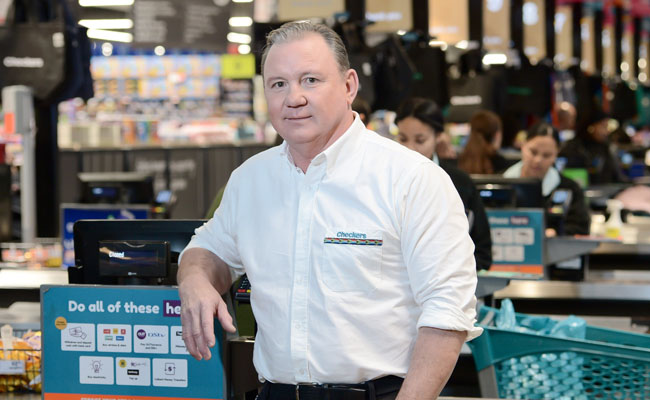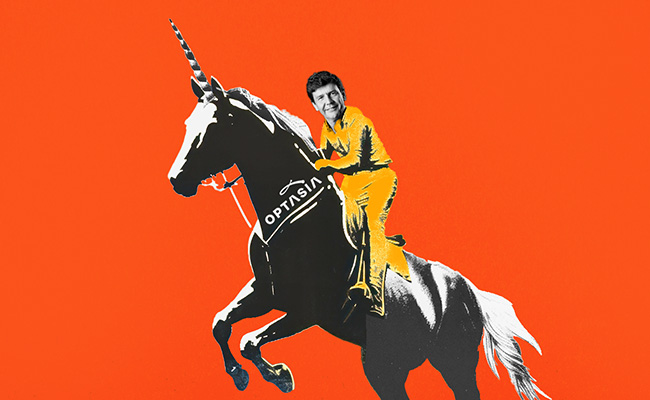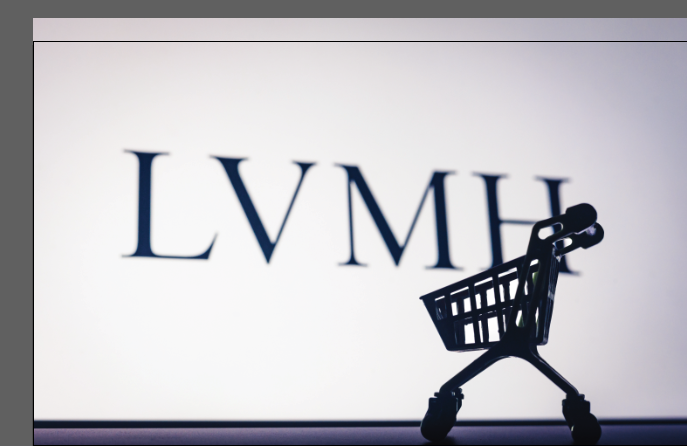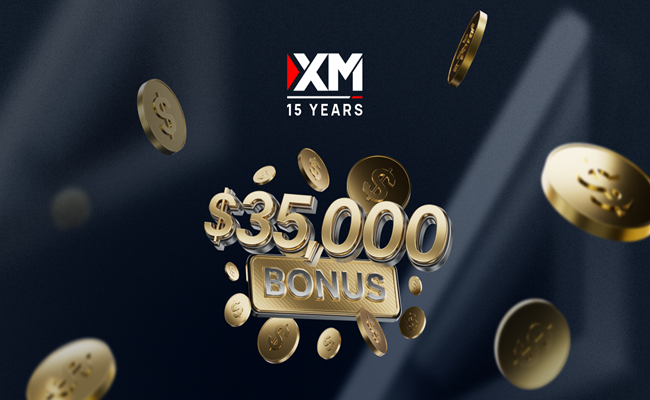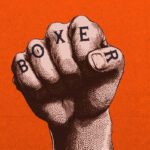Thirty-one-31 just doesn’t have the same ring to it. But that is what the average delivery time for a Checkers Sixty60 order is: 31 minutes.
Those teal-coloured scooters are emblematic of the great run Shoprite Holdings has been on for the past half-decade and the latest set of financial results again, well, delivered.
The retailer grew its trading profit by 16.6% to R15bn, its gross margin by 40 basis points to 24.3%, and diluted headline earnings per share by 15.8% to 1,367.2c for the year to end-June. It upped the dividend by nearly 10% to 781c.
It’s been a tough year for SA Inc – especially its retailers. Most of them are deep under water this year; no wonder the results lifted Shoprite shares by more than 5% on Tuesday.
Interestingly, and for the first time, the company has given investors a look under the hood of Sixty60, which started, can you believe, only five years ago. More than 100-million orders later it now contributes R18.9bn to sales – breakneck growth that many imagined would have been subsidised by other parts of the business. Not so. Though CEO Pieter Engelbrecht does not disclose the exact contribution to the bottom line, he does concede that it is very profitable. And margin accretive.
“If you simply convert your current in-store clients to digital clients, you are not making more profit, as you are just adding delivery to your costs. But if you attract new clients, your profit grows and at a better margin,” he says.
Engelbrecht is also careful to stress that Sixty60 is not just some app paying royalties in dollars to a foreign owner. It was developed in-house to be a platform business. And that has become a big advantage over competitors.
“Shoprite’s edge comes from a platform competitors struggle to mimic: nationwide reach that lets it move fast, a loyalty engine that turns shopper data into sharper pricing and smarter promos, and a same-day channel that feels embedded in customers’ weekly routines,” says Merchant West Investments equity analyst Bianca Lakha.
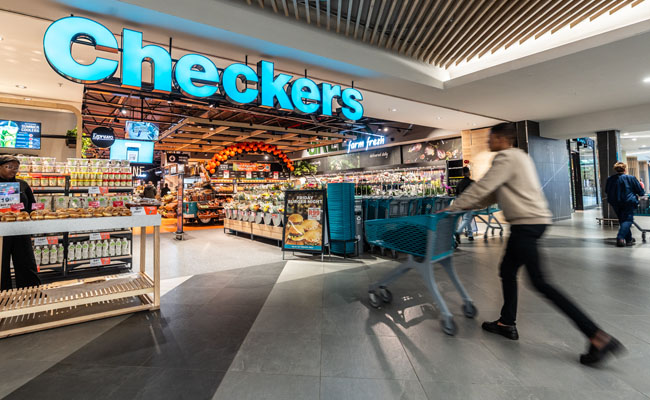
Sales by the group have now surpassed R250bn for the first time. And the mix shows just how far the retailer has progressed in capturing a larger share of wallet among the well-to-do.
No-frills grocers Shoprite and U-Save and the related liquor stores account for R116bn in sales, while Checkers and Checkers liquor now represent nearly R96bn.
“If we hadn’t start defining the brands as clearly as we did 10 years ago, where would we be today?” muses Engelbrecht.
He won’t comment directly on competitors, but Pick n Pay’s lost decade is probably the surest cautionary tale. Shoprite, through its Checkers brand, has taken full advantage of its rival’s travails.
The fall of exclusivity agreements in South Africa retail centres was also a boon, reckons Argon Asset Management equity analyst Museja Soldati.
“Shoprite [got the chance] to expand into retail centres where they were previously not present. Pick n Pay and Spar store closures also present an opportunity for expansion,” she adds.
The plan is to open nearly 300 more stores this coming year, mostly Checkers.
‘The everyday store’
But the success of teal doesn’t mean the red is any slouch.
The Shoprite brand, with its 670 no-frills supermarkets and 510 liquor shops, has managed to wrestle internal inflation substantially lower than Stats SA’s official number. It’s a trait that keeps those thrifty customers coming back.
More than 13,000 items on the shelves now have a lower price than a year ago, says Engelbrecht.
“Obviously in a low-inflation environment, we are so much more dependent on volume growth,” he adds.
That is another reason the market received the results so well. Food retailers usually do better in high-inflation environments as they can pass inflation on to the consumer, which is easier than growing through volumes, says Lakha. But Shoprite actually gained market share thanks to selling more.
Shoprite has now increased its market share for six consecutive years, according to Engelbrecht and in the latest 12 months grew 2.8 times faster than the market.
He sees the environment in food retail as the most competitive in his 28 years in the business.
“If you’ve been losing market share, then you will tend to get more aggressive,” he adds, again not naming specific competitors.
The company is now quite a different animal than in 2017, when Engelbrecht took the reins from long-time boss Whitey Basson. For many, the group’s expansion into the rest of Africa was the big narrative. Oil-fuelled consumer markets such as Nigeria and Angola were all the rage a decade ago.
Under Engelbrecht, Shoprite has pulled back from some of the more difficult geographies, such as Nigeria, and most recently from Ghana and Malawi. It has proven a good move.
“Refocusing on South Africa looks sensible. It concentrates capital and management time where Shoprite’s advantages are deepest, and it signals discipline after testing other African markets with mixed returns,” says Lakha.
She sees South Africa as the profit engine, the place where the platform advantages are deepest “and the runway is tangible in store upgrades, omni-channel scale, and selective specialty formats that extend the basket without big new risk”.
And there is lots left to mine domestically. This includes pet care, liquor, outdoor goods and financial services. Goods from all these businesses are being uploaded on Sixty60, says Engelbrecht.
It’s all part of his goal not to take delivery times down further, but to be dependable. Shoprite is not trying to be Takealot or Amazon, but do its own thing.
“We are the everyday store, not the everything store,” he says.
This article was produced in partnership with Stanlib.
Top image: Shoprite CEO Pieter Engelbrecht. Picture: supplied.
Sign up to Currency’s weekly newsletters to receive your own bulletin of weekday news and weekend treats. Register here.



